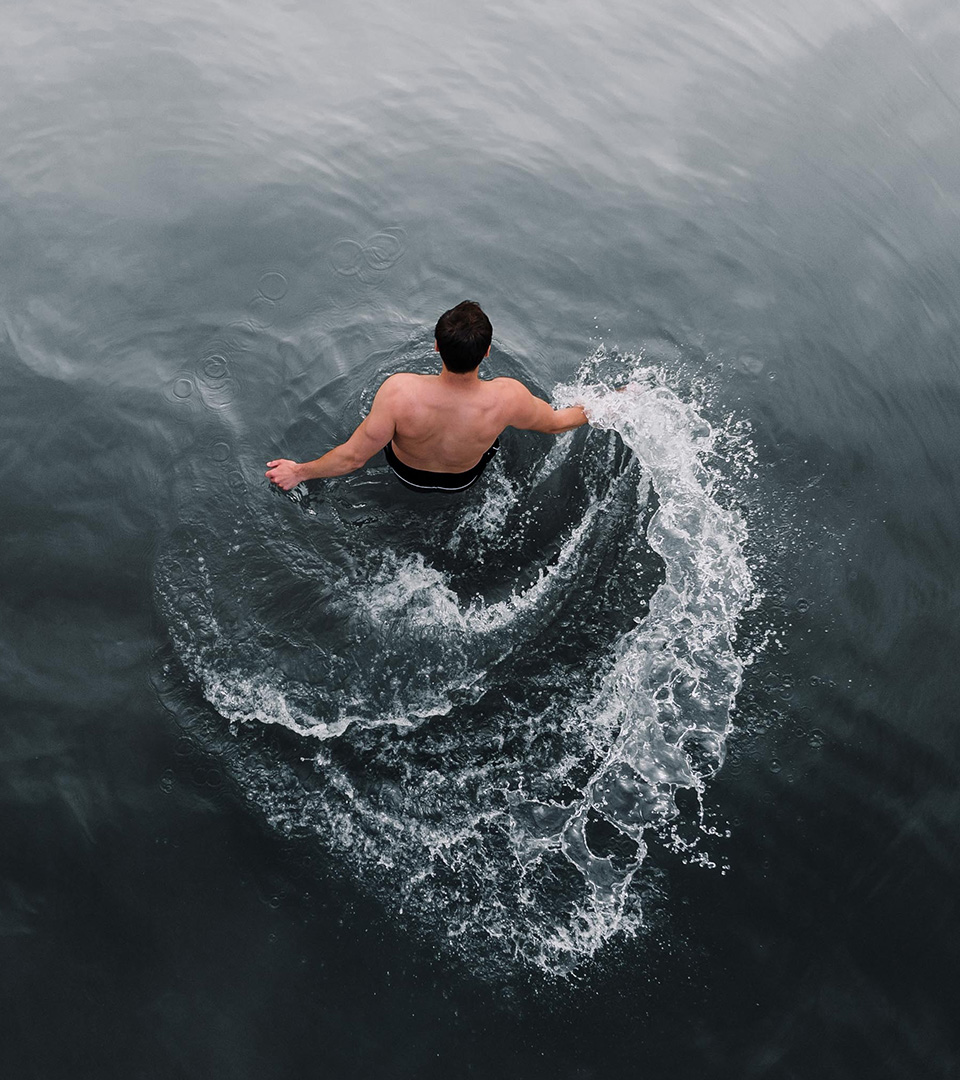- 1. The Science of Cold Exposure
- 2. The Role of Brown Adipose Tissue: A Hidden Powerhouse
- 2.1. Energy Expenditure and Thermogenesis
- 2.2. Activation of BAT in Response to Cold
- 3. Cold Exposure Benefits for Athletes
- 3.1. Physiological Benefits
- 3.2. Psychological Benefits
- 4. Cold Exposure Therapy Techniques
- 4.1. Cold Water Immersion
- 4.2. Cryotherapy
- 4.3. Alternate Cold Exposure Techniques
- 5. Cold Exposure Tips for Beginners
- 6. Potential Risks and Downsides of Cold Exposure
- 6.1. Physical Risks
- 6.2. Psychological Risks
- 7. Chill Out and Boost Performance

The Power of Cold Exposure on Athletic Performance
Table of Contents [Show]
As counterintuitive as it seems, cold exposure is increasingly being recognized as a game-changing tool for athletes and fitness enthusiasts alike. By subjecting the body to frigid temperatures, athletes can tap into a range of physiological and psychological benefits that help them train more effectively, recover faster and maintain a healthier lifestyle. In this article, we will explore the science behind cold exposure, the various benefits it offers and different techniques for incorporating it into an athlete's routine. Additionally, we will discuss potential risks and downsides that should be considered.
The Science of Cold Exposure
As we venture into the frozen domain of cold exposure, it's vital to understand the intricate dance our bodies perform when faced with low temperatures. This captivating ballet of physiology unfolds in three acts:
- Vasoconstriction: When cold temps caress our skin, our blood vessels constrict in a process known as vasoconstriction. This icy embrace causes blood flow to divert from our extremities, conserving precious warmth at our core and protecting vital organs from the cold's chilling touch.
- Thermogenesis: Our bodies are masterful at maintaining a comfortable, stable temperature. When faced with a frosty environment, our inner furnace kicks into high gear, generating heat through a process called thermogenesis. This metabolic marvel balances our internal temperature, ensuring we remain safe and functional even in the coldest conditions.
- Hormonal and Nervous System Adaptations: As the cold exposure intensifies, our bodies deploy a symphony of hormones and nervous system adjustments to adapt to the chilled environment. These responses help fine-tune our energy metabolism, maintain warmth and sharpen our mental focus in the face of adversity.
The Role of Brown Adipose Tissue: A Hidden Powerhouse
Nestled within our bodies lies a notable, but often overlooked, ally in the battle against cold exposure – brown adipose tissue (BAT), or simply “brown fat.” Let’s uncover the secrets of this powerful, heat-generating force:
Energy Expenditure and Thermogenesis
Unlike its more common counterpart, white adipose tissue, BAT is a heat-producing powerhouse. When activated, this unique tissue ignites, burning calories to generate heat and maintain our body's warmth. The result? An enhanced ability to brave the cold and a refreshing boost to our metabolism, fueling us to conquer our athletic goals.
Activation of BAT in Response to Cold
As the temperature plummets, our bodies call upon hidden reserves of BAT, activating these tiny furnaces to counter the encroaching chill. This extraordinary ability not only helps keep us warm but also has the potential to optimize our energy expenditure, making cold exposure an invaluable tool for unlocking full athletic potential.
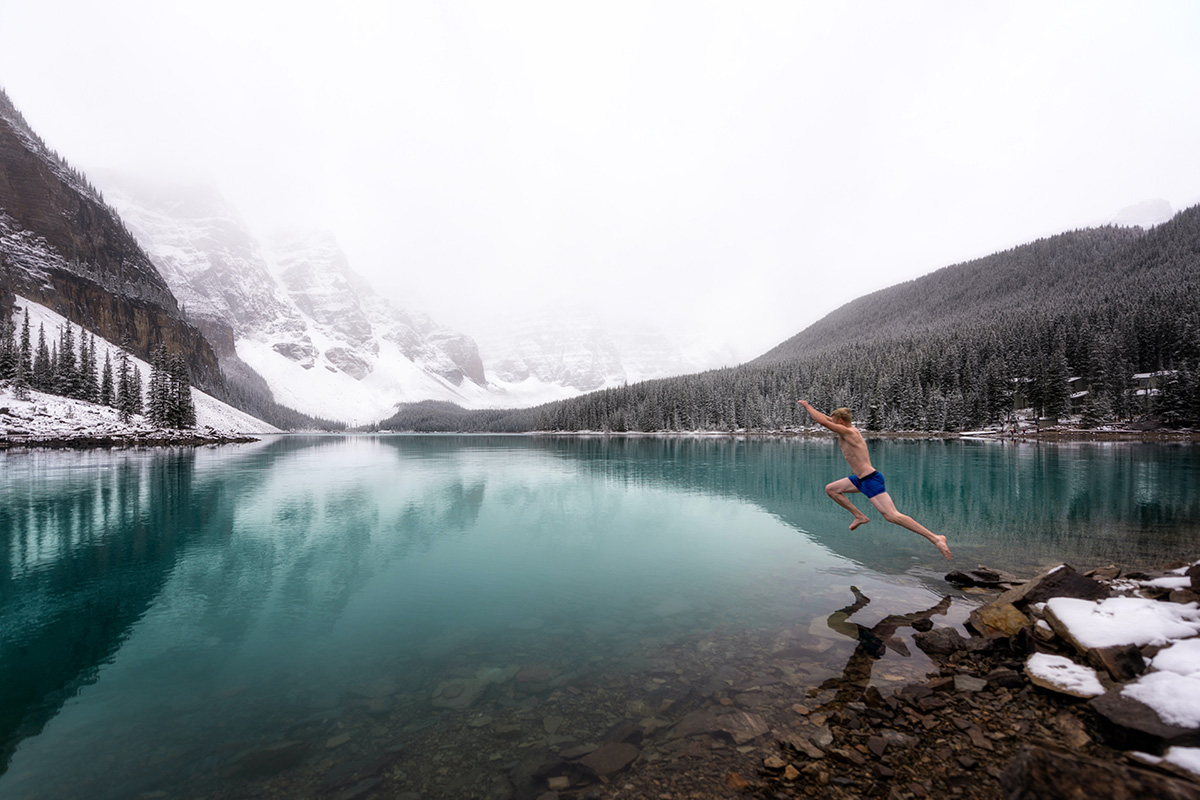
Cold Exposure Benefits for Athletes
As we forge ahead on our frosty exploration, we uncover a myriad of ways cold exposure can propel athletes toward peak performance:
Physiological Benefits
- Enhanced Endurance: Cold exposure can sharpen your body’s ability to utilize oxygen, a vital component for endurance. By adapting to the cold, athletes can improve cardiovascular efficiency, conquering grueling workouts and arduous races with newfound vigor.
- Faster Muscle Recovery: Our muscles crave respite and restoration after an intense workout. Cold exposure can accelerate this process by soothing our battered muscles, allowing us to recover more quickly and prepare for the next challenge.
- Reduced Inflammation: As the icy temperatures of cold exposure envelop our bodies, inflammation's fiery grip begins to wane. This reduction in inflammation can help alleviate muscle soreness, decrease injury risk and enhance overall athletic performance.
- Boosted Metabolism and Fat Burning: Cold exposure can increase the body's metabolic rate, increasing calorie burning and potentially promoting fat loss. This can be especially beneficial for athletes looking to optimize their body composition.
- Boosted Immune Response: Cold exposure can enhance our body's natural defenses, strengthening our immune system's ability to combat illness and infection. Athletes who embrace the cold may find themselves less susceptible to common illnesses
Psychological Benefits
The cold's invigorating touch doesn't just transform our bodies; it can also reshape our minds:
- Increased Focus and Concentration: Cold exposure can help sharpen our mental acuity, enhancing focus and concentration. As an athlete braves the cold, mental resilience and determination kicks in, allowing them to hone their skills and overcome obstacles in their athletic pursuits.
- Reduced Stress and Anxiety: The frosty realm of cold exposure offers a sanctuary for the mind, helping to alleviate stress and anxiety. As athletes immerse themselves in the cold, they can experience a sense of calm and clarity, promoting emotional balance and well-being.
- Better Sleep Quality: Cold exposure can help improve sleep quality by promoting a drop in core body temperature, which is conducive to restful sleep. This can lead to better recovery and performance in athletes.
- Enhanced Mood and Emotional Resilience: The cold's exhilarating embrace can lift spirits, boost moods and promote emotional resilience. This newfound mental fortitude empowers athletes to face challenges head-on, harnessing the cold's energy to fuel that passion for excellence.
- Improved Overall Health and Well-being: By incorporating cold exposure into their routines, athletes can experience various benefits contributing to their overall health and vitality, ultimately supporting their quest for peak performance.
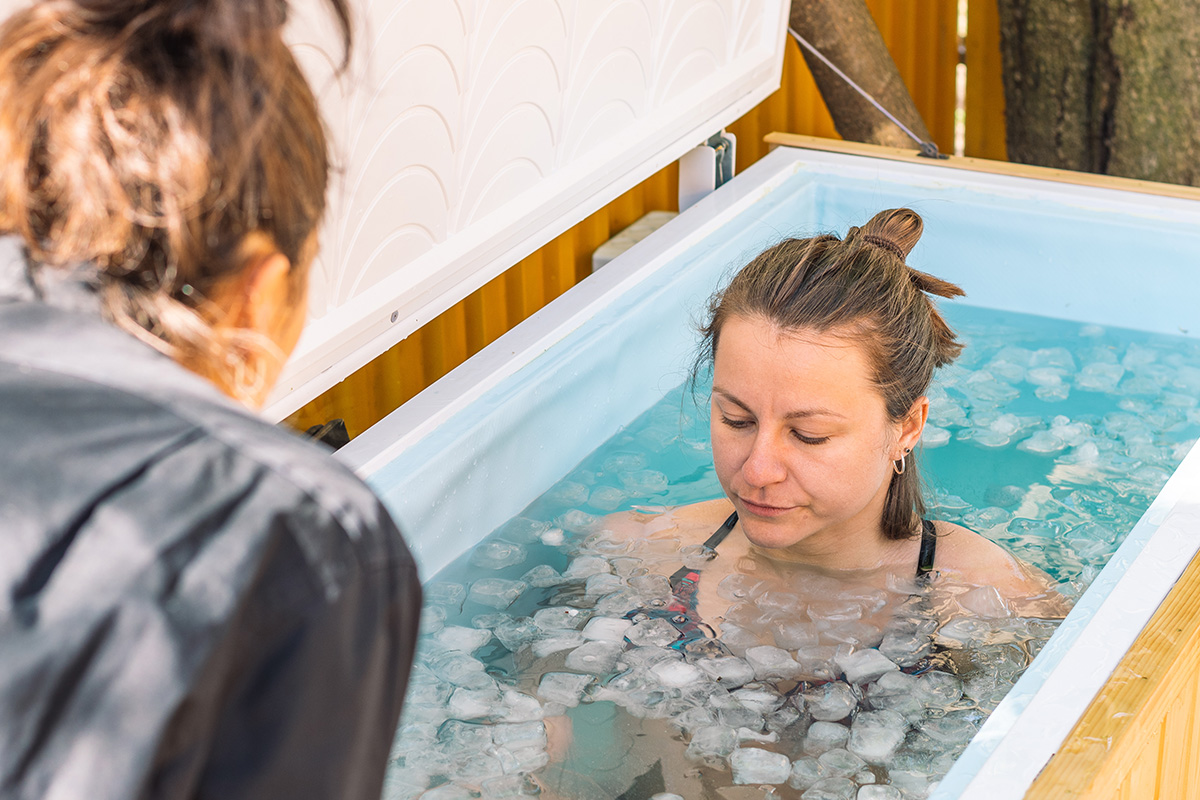
Cold Exposure Therapy Techniques
Incorporating cold exposure into your athletic routine can be achieved through a plethora of techniques. Each method offers unique advantages and can be tailored to individual preferences and needs. Let's explore some of the most popular cold exposure therapy techniques and their applications for athletes.
Cold Water Immersion
Ice Baths: Submerging the body in a tub filled with cold water and ice is a popular recovery method among athletes. Ice baths can help reduce inflammation, alleviate muscle soreness and improve circulation. Typical immersion times range from 10 to 20 minutes, depending on individual tolerance and desired intensity.
Cold Showers: Cold showers can be a more accessible and less intimidating introduction to cold exposure. By gradually decreasing the water temperature and increasing the duration of cold showers, athletes can ease into the practice and reap benefits such as improved circulation, reduced inflammation and increased mental resilience.
Open Water Swimming: Swimming in cold water, such as lakes, rivers or the ocean, combines the benefits of cold exposure with the cardiovascular and muscular demands of swimming. Open-water swimming can help improve endurance, strength, and mental toughness while providing the recovery benefits of cold exposure.
Cryotherapy
Whole Body Cryotherapy: This technique involves stepping into a cryotherapy chamber, where the body is exposed to frigid air (usually between -110°C and -140°C) for a short period, typically around 2 to 3 minutes. Whole body cryotherapy has been shown to reduce inflammation, accelerate muscle recovery, and boost mood and energy levels.
Localized Cryotherapy: Localized cryotherapy targets specific areas of the body with a handheld device that emits cold air or liquid nitrogen. This method can be beneficial for addressing localized inflammation or injury, providing targeted relief and promoting faster healing.
Alternate Cold Exposure Techniques
Cold Air Exposure: Exposing the body to cold air, either by exercising outdoors in cold weather or using specialized cold air chambers, can provide many benefits of cold water immersion without the need for water. Cold air exposure can help improve circulation, reduce inflammation and increase mental resilience.
Ice Pack Application: Applying ice packs to specific body areas can provide targeted cold exposure to reduce inflammation, alleviate pain, and promote healing. This technique is handy for treating acute injuries or localized muscle soreness.
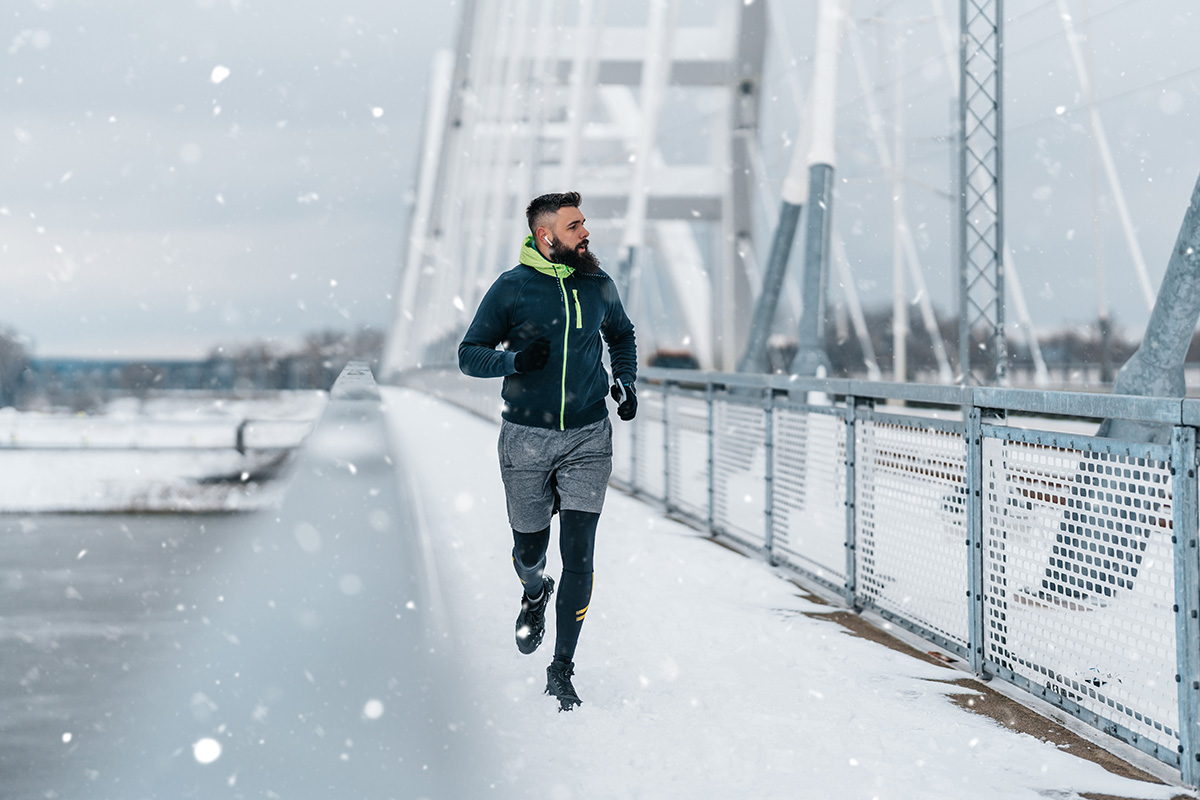
Cold Exposure Tips for Beginners
As you begin your journey into the realm of cold exposure, it's crucial to approach with a cautious yet curious mindset. Here are some practical tips to help you ease into the world of cold exposure safely and effectively:
- Start Slow and Gradual: Like any new training element, gradually easing into cold exposure is essential. Begin with shorter, less intense cold exposure sessions, such as brief cold showers or applying ice packs to small areas. Over time, you can slowly increase the duration and intensity of your exposure as your body adapts.
- Listen to Your Body: Your body will provide valuable feedback as you explore the world of cold exposure. Pay attention to how you feel during and after each session, and be mindful of any signs of discomfort or distress. Adjust your exposure accordingly, and remember that taking breaks or scaling back is okay if needed.
- Dress Appropriately: When exposing yourself to cold air or water, dress appropriately. Wear moisture-wicking clothing and layer up to protect your extremities from frostbite and your core from excessive heat loss.
- Warm Up and Stretch: Before embarking on any cold exposure session, it's essential to properly warm up your body and stretch to reduce the risk of injury. Cold muscles are more prone to strains and tears, so take the time to prepare your body for the frosty encounter.
- Practice Deep Breathing Techniques: Cold exposure can shock your system. Deep, controlled breathing can help you manage discomfort and maintain a sense of calm. Techniques like box or diaphragmatic breathing can help you stay relaxed and focused during cold exposure sessions.
- Use the Buddy System: Try to have a partner or a friend accompany you during your cold exposure sessions, especially when first starting. This can provide a level of safety and support, as well as make the experience more enjoyable and motivating.
- Consult with a Professional: If you have any health concerns or pre-existing conditions, it's essential to consult with a healthcare professional or a qualified trainer before incorporating cold exposure into your routine. They can guide how to safely and effectively implement cold exposure techniques based on your needs and circumstances.
Potential Risks and Downsides of Cold Exposure
Following the tips above, especially consulting a professional, will get you started on the right path. But with any new experience, you need to be mindful of any potential risks and downsides. Knowing the possible perils of cold exposure will allow you to conquer the chill, minimizing harm and safely reap the icy benefits.
Physical Risks
The physical risks of cold exposure, such as hypothermia, the biting grip of frostbite and cold-induced injuries, serve as potent reminders to respect the cold's power.
Hypothermia: When the body is exposed to cold temperatures for too long, a dangerous drop in body temperature can occur. Body temps that are too low create mental confusion and physical immobility. Signs of hypothermia include increased shivering, exhaustion, confusion, memory loss, slurred speech and stumbling.
Frostbite: Just as it sounds, this can take a “bite” out of your body, leaving a lasting mark on tissue. Extremities such as the nose, ears, fingers and toes are most affected. Frostbite can cause permanent damage to the body.
Cold-Induced Injuries: Strains and sprains can occur when muscles and connective tissues are caught off guard in frigid conditions.
To outmaneuver these icy adversaries, it’s important to gradually acclimate to the cold, don the appropriate clothing armor, ensure proper warm-up and stretching rituals and keep from overexposing your body to the frigid temps.
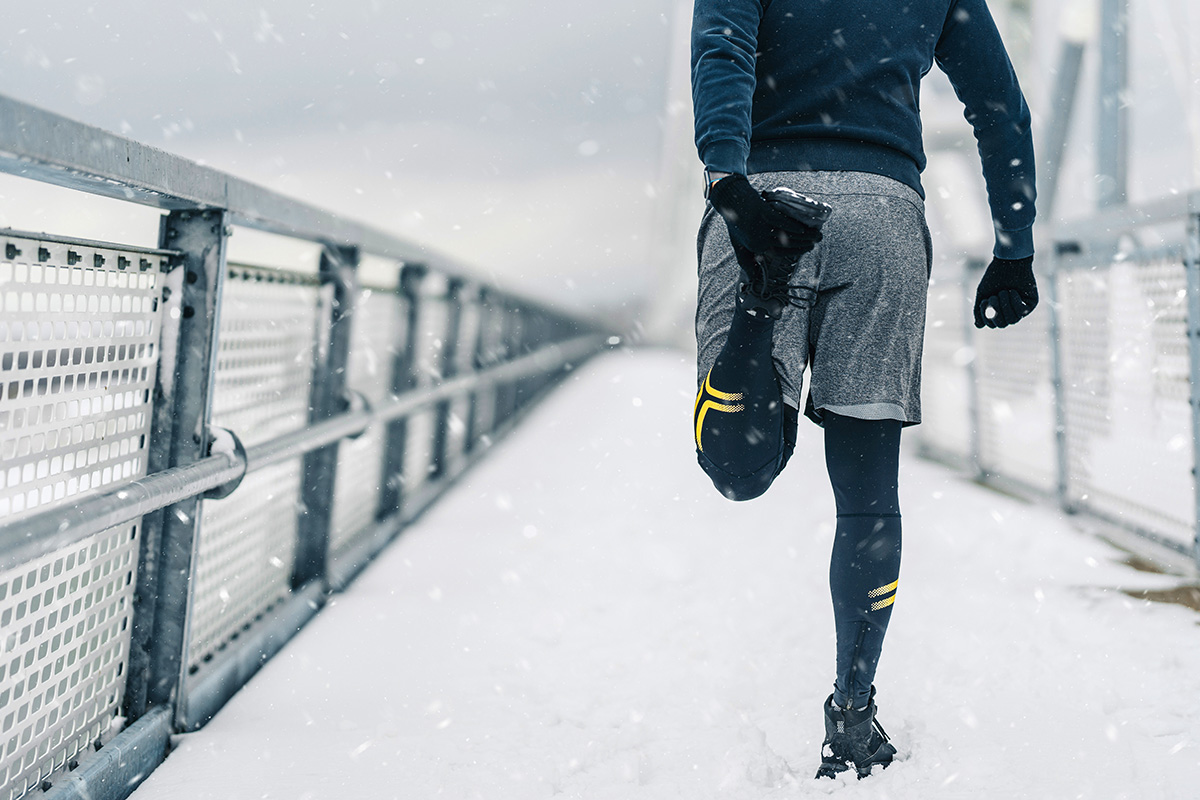
Psychological Risks
Mental Barriers: The discomfort and aversion to cold can create formidable mental barriers that challenge even the hardiest athletes.
An Overreliance on Cold Exposure: This new performance enhancement may lead to the neglect of other essential training components. Athletes must wield the power of cold exposure wisely, incorporating it as a complementary tool rather than a dominating force in their training arsenal.
Impact on Motivation: While cold exposure can forge mental grit and resilience, it may also erect icy walls that discourage some athletes from staying true to their training journey.
As with any new technique, athletes should ease into the frigid waters of cold exposure (literally and proverbially), discover what resonates with their warrior spirit and seek guidance from coaches and sports professionals to ensure a balanced and practical approach.
Chill Out and Boost Performance
From bolstering athletic performance and recovery to enhancing mental fortitude and resilience, the frosty world of cold exposure offers a treasure trove of benefits for those brave enough to welcome its chilling embrace. By carefully integrating cold exposure into a balanced training regimen and remaining vigilant of potential risks and downsides, you can unlock the full benefits of this invigorating technique. With each frosty encounter, you'll forge a stronger, more resilient version of yourself, ready to conquer the challenges on your path to athletic triumph.
